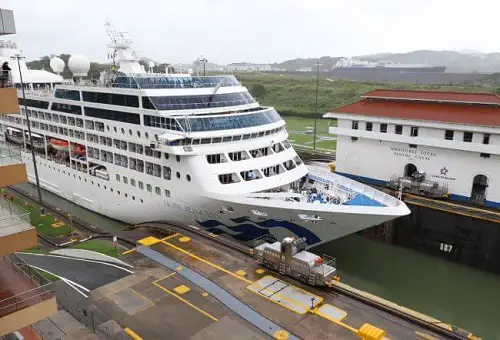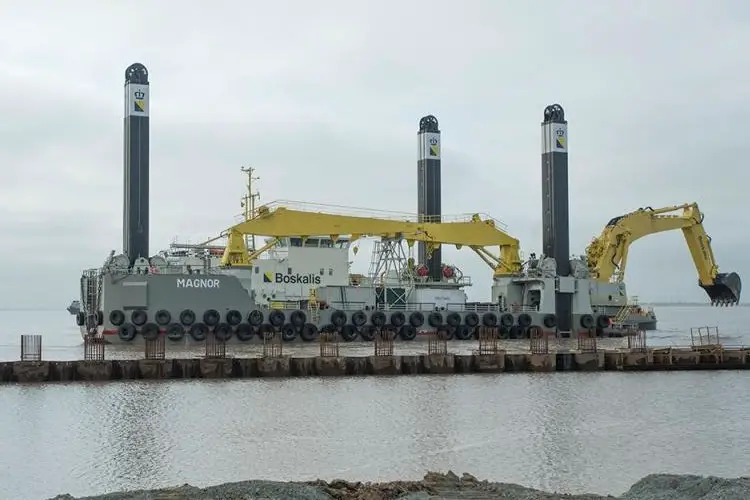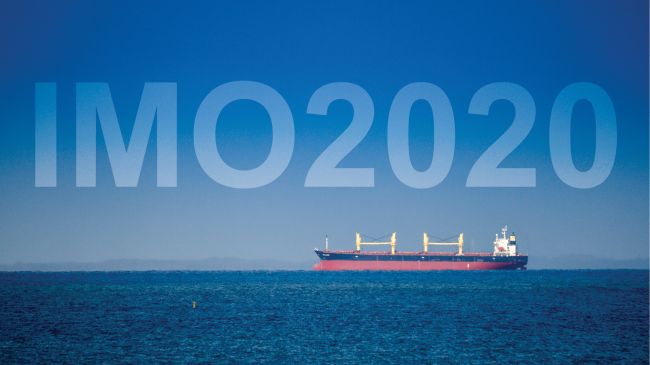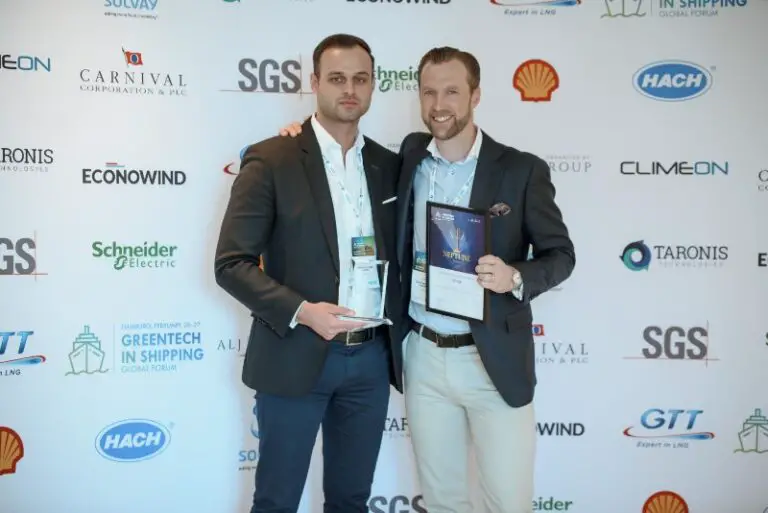TEN: Market Recovery Is Already Upon Us

Market headwinds coupled with off-hire of seven vessels due to scheduled drydocking and repairs pushed the company into a net loss of USD 36.1 million in the first nine-months of this year. For the same period in 2017, the company booked a profit of USD 18.8 million.
Nikolas Tsakos, TEN’s CEO, said that the market is seeing natural fleet reduction for the first time in a decade, with supply and demand balancing out, amid low newbuilding and rampant scrapping of older tonnage.
As a result, the company is upbeat on the fourth quarter as rates across the board made a significant recovery:
- During the first nine months of the year, VLCCs averaged about USD 12,615 per day while today they are at over USD 56,000
- Suezmaxes were at about USD 8,000 per day and now at USD 44,000
- Aframaxes bounced back from over USD 9,000 per day to over USD 28,000
“As we approach the end of 2018, the signs that the worst is behind are becoming increasingly evident. Global oil demand is continuing its upward trajectory, U.S. crude exports are soaring and finding new destinations in China and India and the global tanker fleet where most of that oil will be shipped is tightening.
“As scrapping outpaces new deliveries and the much-discussed IMO 2020 sulphur regulations will create supply distortions, the outlook for tankers looks more positive, than over the past three quarters,” the company said reporting on the business performance.
TEN recently concluded the 24th charter of the year thus far, reporting that the majority of contracts were with upward rate optionality. With an average charter period of two years, the company expects to cash in USD 250 million from the charters, bringing the amount of contracted revenue to a minimum of USD 1.15 billion.
In the backdrop of an improving market environment, TEN’s management is negotiating new employment, focusing on upside potential, for 10 vessels with contracts expiring in the near future.
As asset prices are expected to recover driven by market rebound the company said it would consider divesting some of its early generation tankers while looking for replacement tonnage. TEN is looking into LNG and shuttle tanker opportunities to grow its fleet without endangering the healthy balance sheet of the corporation.
“With three difficult quarters of 2018 now behind us, TEN is already taking advantage of the strong rates available in the fourth quarter. With market fundamentals such as stronger oil demand, lower vessel capacity and adequate oil supplies, particularly from the U.S., positively affecting tanker trades, this current upturn seems sustainable,” George Saroglou, Chief Operating Officer of TEN stated.
“In addition, with the positive, for owners with young tonnage, disruptions the IMO 2020 rules would create in the vessel supply and demand balance, TEN will be well poised to take advantage of the strong freight environment. The number of vessels in the spot market, those on profit-share arrangements and the 10 ships that will be available for re-charter after expiration of current term employment reinforces this optimism.”
You may also be interested: Types Of Marine Navigation Instrument, Tools And Equipment Used Onboard Ships
Press Releases: Tsakos Energy Navigation
Photo Courtesy: Tsakos Energy Navigation






